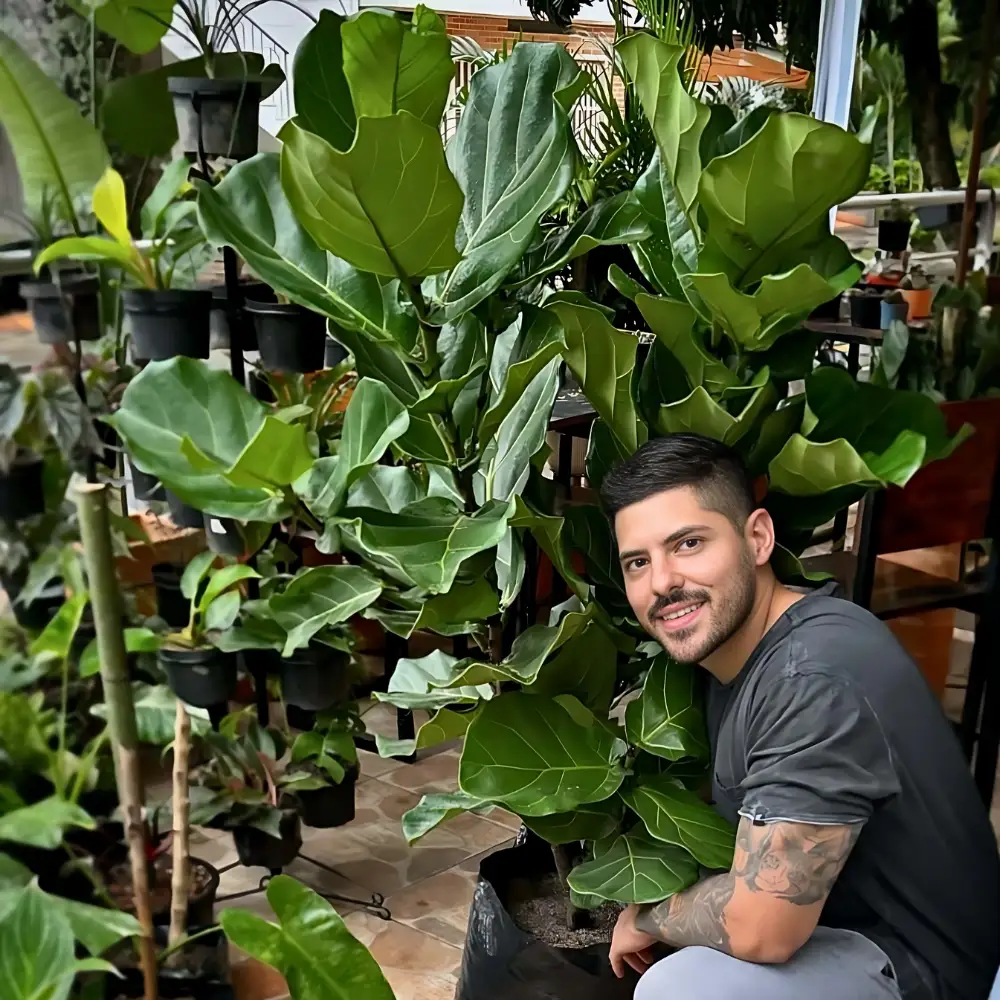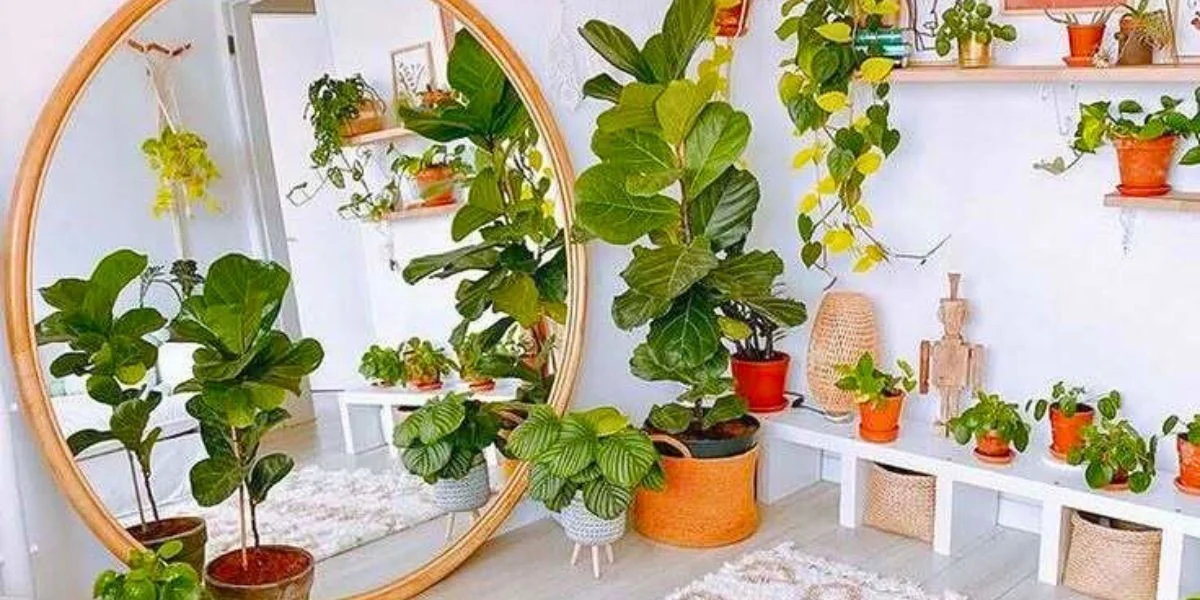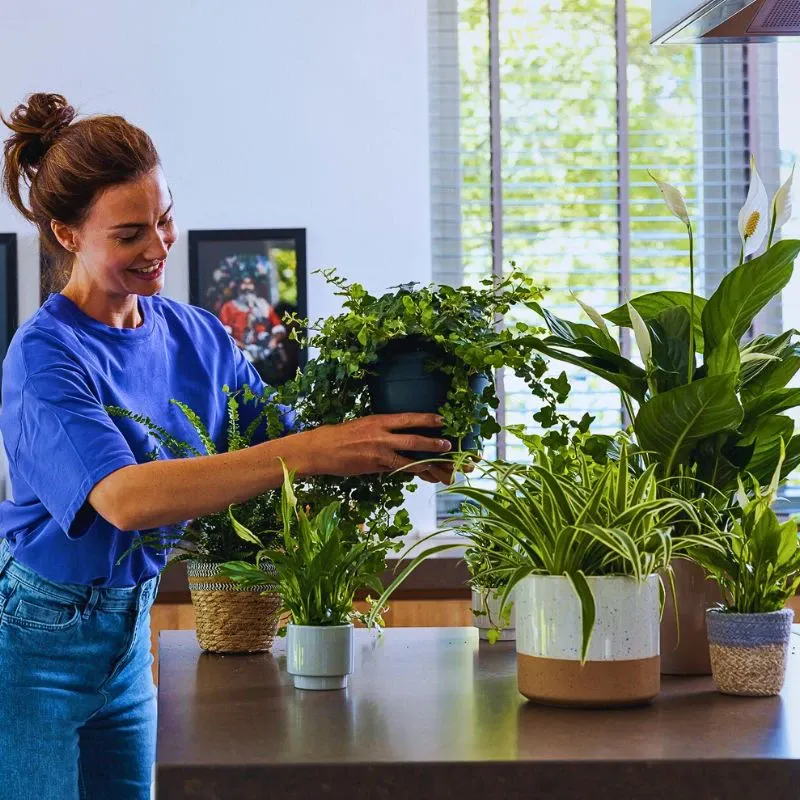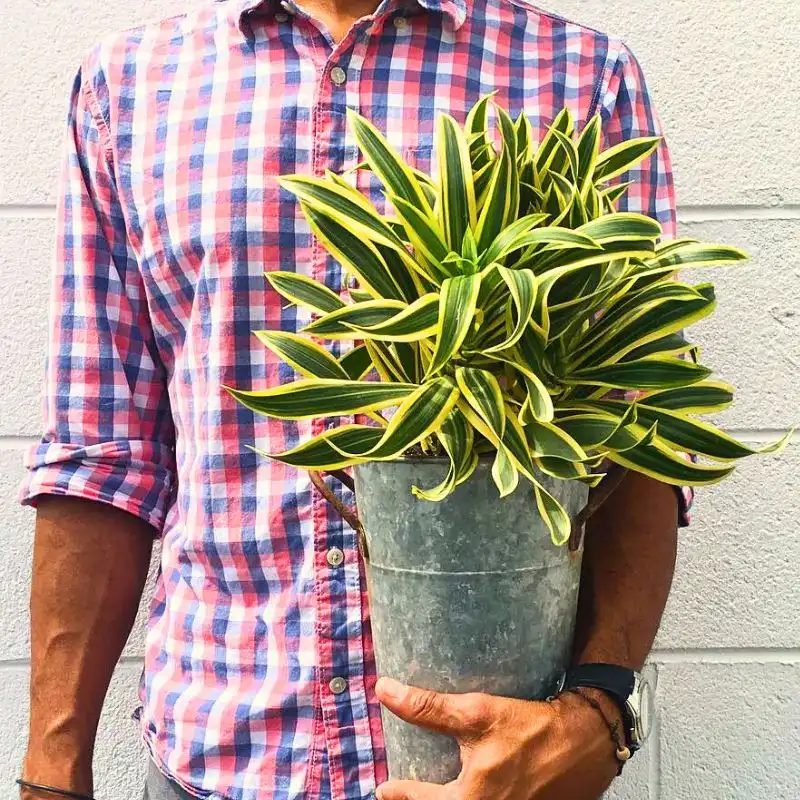The Dracaena marginata is well-known as a visually impactful, low-maintenance plant that introduces character and interest into any interior space. This remarkable tree, often referred to as the 'dragon plant tree', features slender, cane-like trunks supporting arching leaves. Each leaf is edged with subtle red margins that set it apart from more common greenery. Its adaptability to a variety of light conditions makes it suitable for numerous indoor scenarios, from compact apartments to spacious offices. Want to know more? Keep reading to unleash your curiosity.
The Appeal of Dracaena Marginata That Catches Anyone's Attention Quickly
The Dracaena marginata, also known as the dragon plant tree, is a popular indoor plant known for its slender, upright form and narrow, arching leaves edged in deep red or burgundy. Native to Madagascar, it’s appreciated for its sculptural appearance and ability to thrive indoors with relatively little care. Its combination of looks and easy maintenance makes it a favorite choice for homes and offices alike.
This plant's steady growth and longevity make it a familiar, lasting presence indoors. Its predictable care routine helps beginners build confidence in maintaining healthy greenery. Whether you’re just starting out or expanding an established collection, this plant can serve as a stable anchor, offering a sense of continuity as your indoor gardening skills grow.
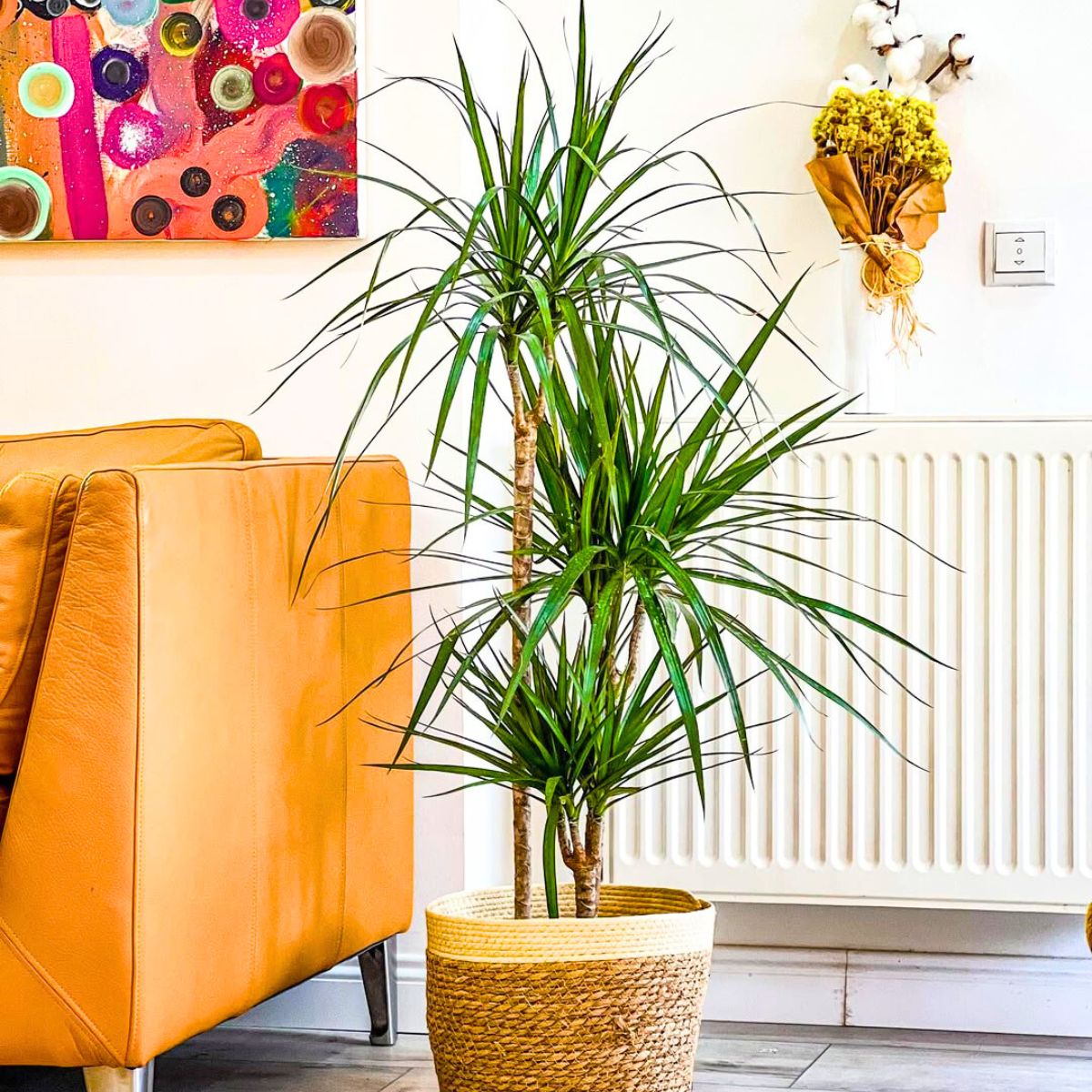
Unlike more demanding houseplants, the dragon tree doesn’t require constant attention. Its care is simple: occasional watering, good light, and periodic feeding, but you'll be able to learn more about its care handles in detail further. Even though it’s low maintenance, it still rewards consistent routines with healthy, upright growth and foliage. For anyone intimidated by complex plant care, this species offers a reassuring balance of resilience and beauty.
Beyond its ease of care, Dracaena marginata adds a visual character to any space. Its slender trunk and vertical lines naturally draw the eye upward, helping rooms feel taller and more open. The plant’s gentle movement — as its long leaves respond to air currents — adds a dynamic quality to interiors that static objects can’t achieve. Set against neutral tones for contrast or used as a focal point in more colorful rooms, it adapts to a wide range of styles. Its clean, architectural form complements both traditional and modern spaces, making it a flexible design element that works almost anywhere.
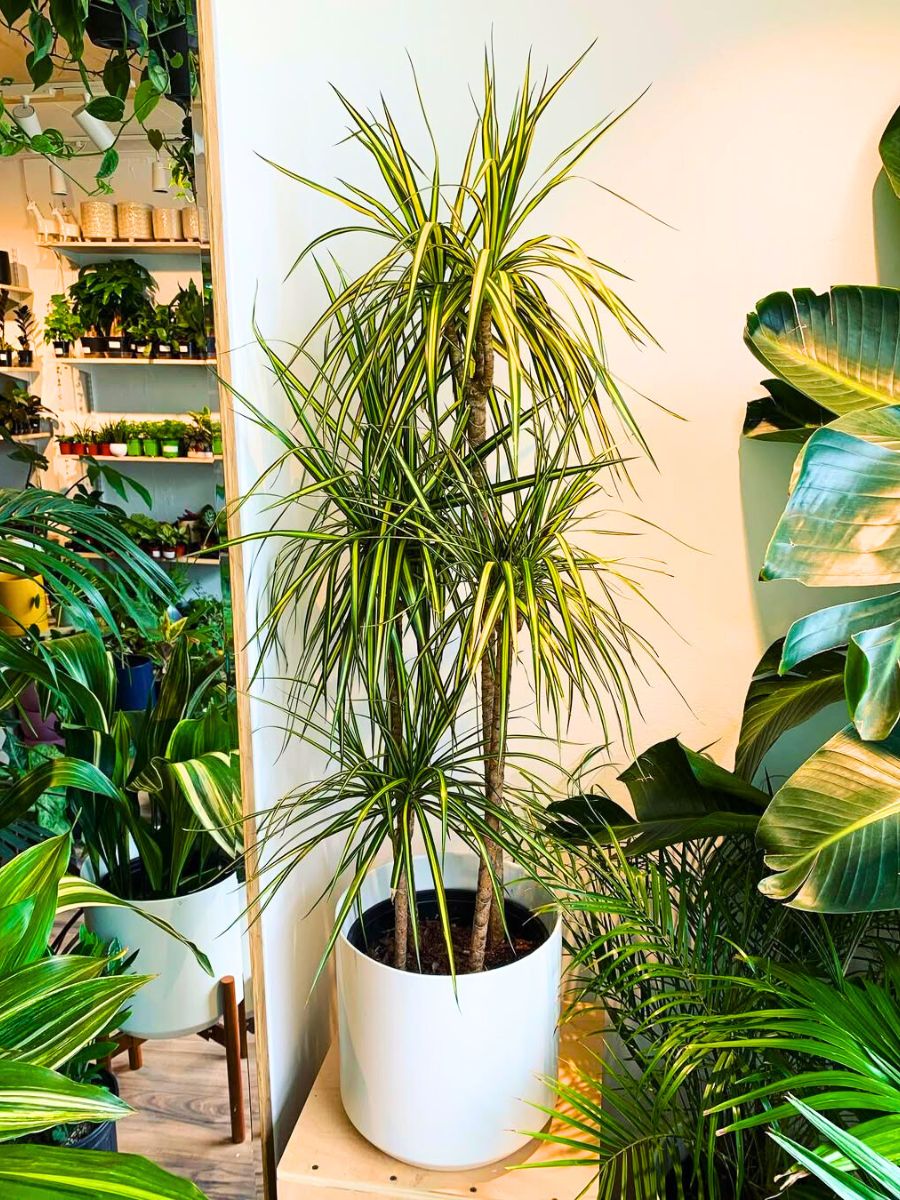
Photo: @foliageliving
The Architectural Foliage of the Dragon Plant Tree for Interior Spaces
One of the first things you will notice about a Dracaena marginata is its foliage. Long, slender leaves, often topped with red edges, stretch upward in a fashion that can resemble an organic, living sculpture. The leaves form a cluster at the tips of thin trunks, giving the plant a layered silhouette. Styling a living room corner or accenting a hallway, these leaves can adapt to varied light conditions, including bright indirect light or even lower light spots where it may grow more slowly and produce smaller leaves.
Video by: @mulhalls
Its versatility in terms of interior decor is also noteworthy. As a potted houseplant, it fits well into minimalistic interiors, but it’s equally at home in more colorful setups. The interplay of green and red edges creates subtlety without overwhelming the space. Place it near textured fabrics, clean-lined furniture, or patterned rugs—the Dracaena marginata can harmonize with diverse aesthetics. Even in offices or retail showrooms, this tree can introduce a hint of nature that doesn’t demand constant care, making it a suitable choice for busy professionals.
Dracaena Marginata as a Symbol of Good Fortune in Feng Shui
Beyond the decorative aspects, some consider this plant to represent good fortune within feng shui practice. While the scientific basis might be subjective, many find comfort in the notion that certain plants can influence how energy moves in a space. Positioning a dragon plant tree thoughtfully—perhaps near entryways or communal areas—might symbolically encourage a flow of positive outcomes.
Even if you don’t fully subscribe to these ideas, the presence of a healthy plant can help create a more welcoming environment. The mere act of caring for it, ensuring it receives sufficient indirect light, balanced moisture, and occasional feeding, can be seen as a ritual that adds stability to your routine. In this way, it is not only an object but a visual reminder of the harmony that can be achieved through mindful arrangement.
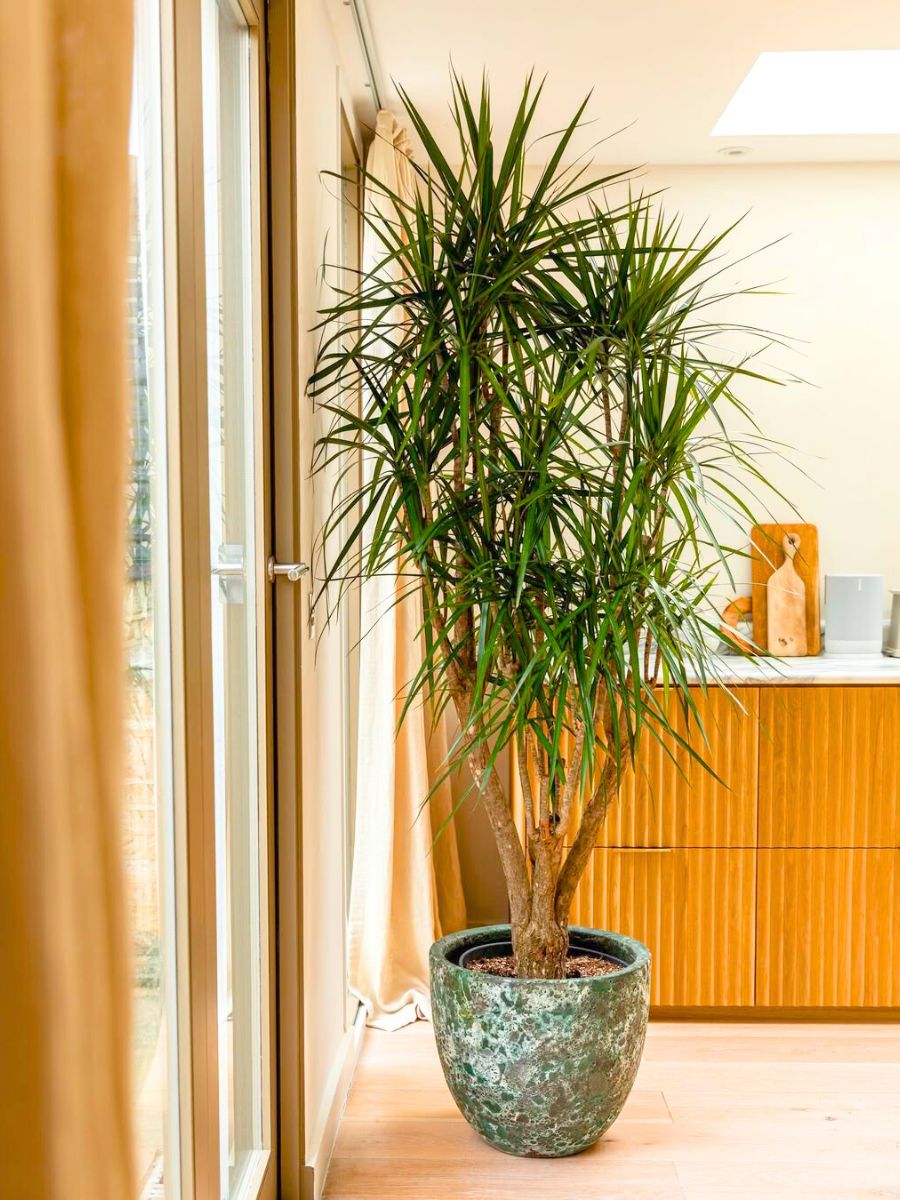
An Effective Indoor Air Purifier
In addition to being visually engaging, the Dracaena marginata is valued for its air-purifying qualities. While it won’t single-handedly solve major indoor pollution issues, research suggests that certain plants, including dragon trees, can help reduce common airborne compounds. Placing one in a room where you spend substantial time may contribute to a fresher environment.
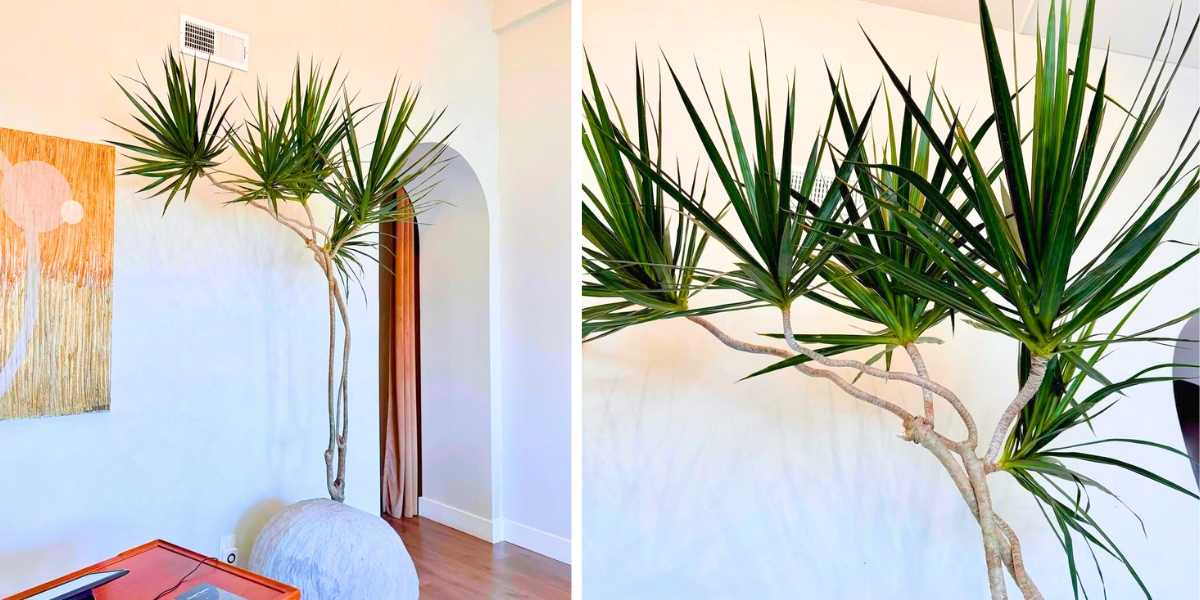
As you incorporate an effective indoor air purifier like the Dracaena marginata, you might find subtler benefits. Perhaps you sleep better in a bedroom with a bit of greenery, or you feel more at ease in a home office softened by natural elements. Over time, these incremental gains can add to your overall sense of comfort. When paired with a few other plants that share similar care requirements, you create a small network of living filters working silently alongside you. Check out Air So Pure to know more about Dracaena and its air-purifying benefits, as well as more characteristics you should know about.
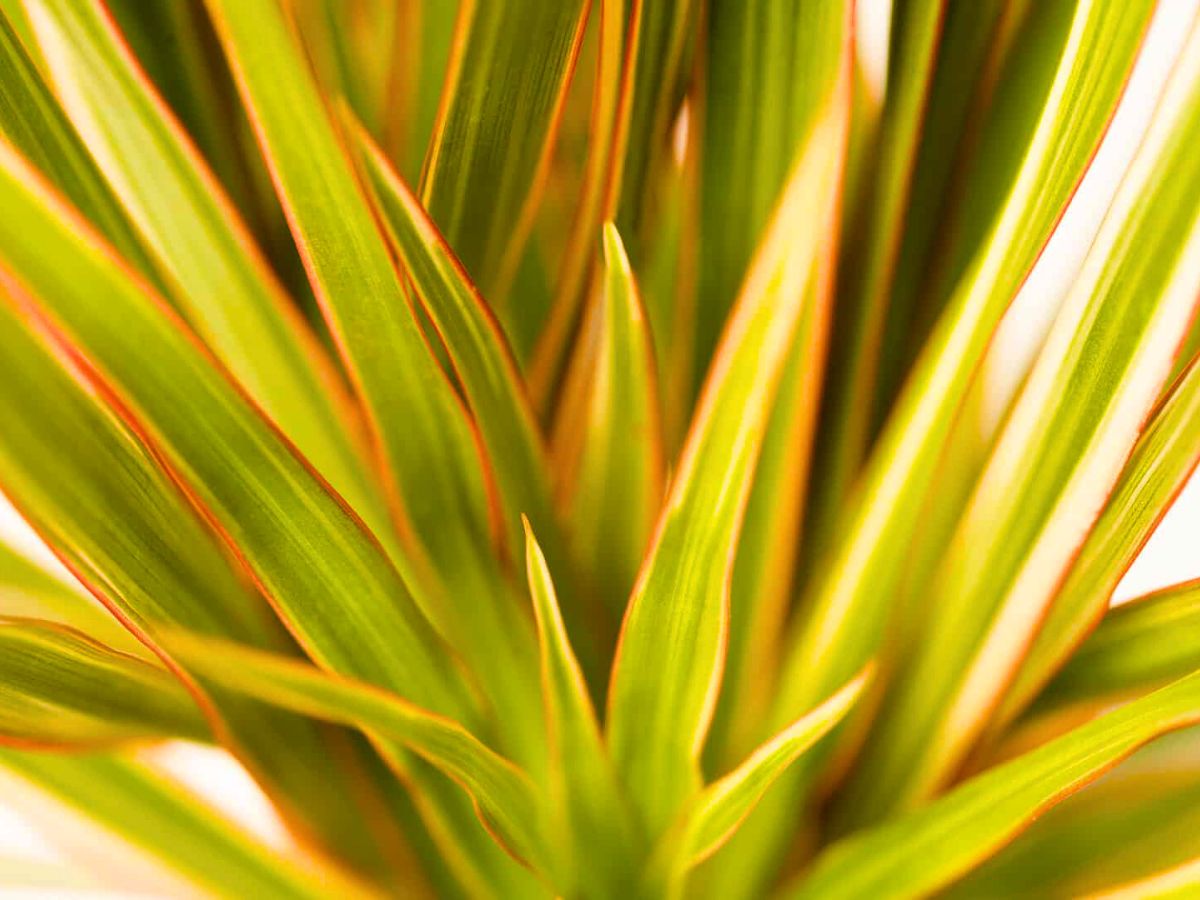
Key Characteristics That Make Dracaena Marginata Stand Out
This plant stands out for several reasons. First, there’s its growth habit and overall size—this tree can grow a few feet tall indoors, although it takes years to reach those dimensions. Unlike fast-growing plants that may outpace your capacity to maintain them, this one is measured in its development, offering predictability.
Leaf form is another key point of distinction. The leaves are long and narrow and come to a point, with a green center and red edges that add complexity. Popular varieties, such as the 'Tricolor' or 'Colorama', introduce lighter stripes, making them even more dynamic. Although it rarely flowers indoors, if optimal conditions are met, you may be surprised by small, delicate blossoms. These are rare treats, reminding you of the plant’s natural life cycle.
Its lifespan can be quite long, rewarding consistent care. Unlike species that fade quickly, this tree can remain a fixture in your space for many years. The slow growth reduces the need for frequent repotting or extensive pruning. This steady nature, combined with its distinct leaf coloration, sets Dracaena marginata apart as a stable, long-term companion.
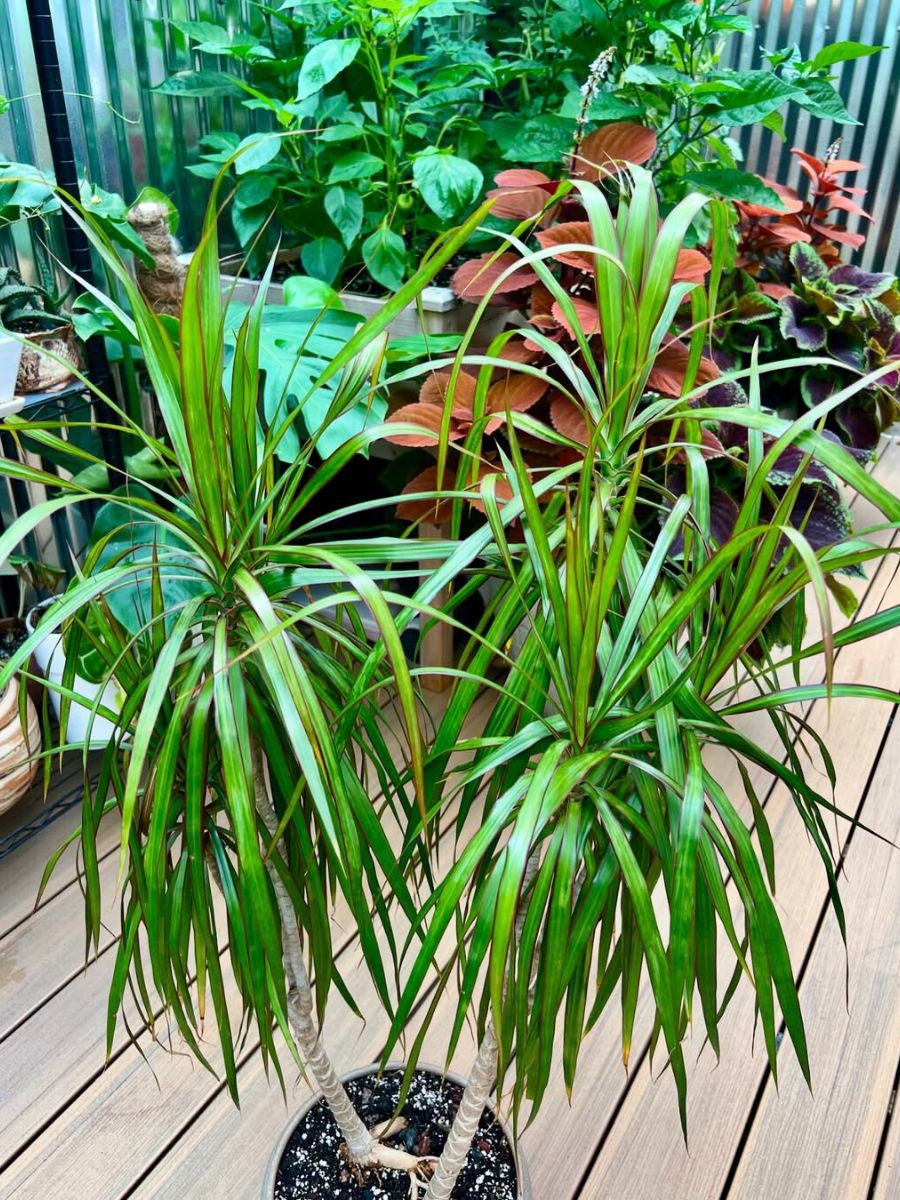
Growing and Caring for Your Dragon Tree Plant
Nurturing a dragon tree is easier than you might think. Though known as a drought-tolerant species, balanced watering is crucial. Avoid over-watering and never let the pot stand in stagnant moisture. Aim for bright indirect light, but understand it can also adjust to partial shade or even lower light areas, where it might grow slower and produce smaller leaves. The key is consistency—offering a routine that the plant can rely upon.
Pay attention to subtle cues: if the leaves develop brown tips, consider humidity or water quality; if you see yellowing leaves, re-examine your watering schedule or check for too much salt in the soil. By responding to these hints, you strengthen your relationship with the plant, becoming more adept at providing exactly what it needs.

Light and Placement Recommendations for Dracaena Marginata
Ideally, your Dracaena marginata prefers bright indirect light. Placing it near a window with sheer curtains can provide the right level of illumination. If your home is dimmer, this plant can handle lower light or low light conditions, though it will likely grow more slowly. Just be sure to avoid placing it directly in the harsh rays of direct sunlight, as this can cause scorched leaf tips and overall stress.
Experiment with different locations. Maybe you position it in a corner that receives indirect sunlight, or close to a bright lamp that simulates natural brightness. If your space only allows for moderate lighting, the Dracaena marginata will still manage—just anticipate some adaptations, like smaller leaves or reduced growth speed.
Soil Composition and Watering Guidelines for Your Dragon Tree Plant
Selecting the right potting mix matters. Use a well-draining medium that allows excess water to escape through drainage holes. If the top inch of the soil is dry, it’s time to water. Ensure the top half of the soil dries out between sessions, especially during the active growing season. Too much water can lead to root rot, so err on the side of caution.
Consider the season when adjusting watering habits. In warmer months, you may water a bit more frequently as the plant is more active. In cooler months, pull back and let the soil line dry more thoroughly before giving another drink. If you’re unsure, it’s better to underwater slightly than to oversaturate the roots.
Temperature and Humidity Requirements for Dracaena Marginata
Regular household humidity usually suffices, but if you live in a very dry climate, brown tips may appear on leaf edges. In such cases, try placing a pebble tray beneath the pot, occasionally misting the leaves, or relocating the plant to a more humid area like a bathroom. Temperature-wise, moderate indoor ranges suit the Dracaena marginata well. Just keep it away from extreme drafts or heating vents that could cause stress.
If you notice yellowing leaves over time, reassess temperature or humidity conditions because sudden shifts might be the culprit. Aim for consistency, and your plant will reward you with steady, healthy foliage.
Nutrient Needs and Fertilization Practices for Healthy Dracaena Growth
During the growing season, apply a balanced, water-soluble fertilizer at half the recommended strength and fertilize sparingly. Overdoing it can lead to too much salt buildup, causing yellowing leaves or brown leaves. If you spot such symptoms, flush the soil with clean water to remove excess minerals.
Feeding every month or two when it’s warm is generally adequate. In cooler seasons, let the plant rest and hold off on fertilizer. Keeping this moderate approach ensures that the Dracaena marginata maintains new growth at a stable pace, without pushing it too hard.
Maintaining, Pruning, and Propagating Dracaena Marginata
Over time, you may see lower leaves turn yellow and drop off as part of the plant’s natural cycle. Prune them away to keep things tidy. Occasional pruning can also shape the tree, encouraging it to produce new branches. A well-placed cut can transform a tall plant with a single trunk into a more branched specimen.
Propagation is straightforward, often done through stem cuttings. By taking a stem cutting and rooting it in water or a suitable potting mix, you can create additional plants for other parts of your home or to share with friends. This flexibility ensures your initial investment can multiply over the years, enhancing your indoor greenery collection.
If the stem becomes bare at the bottom, prune the top to encourage leaf growth near the cut. Over time, the plant responds by filling in, maintaining an appealing shape.

Repotting and Soil Refresh Cycles
While this tree is not demanding, it’s wise to inspect the roots every couple of years. If you find them circling the pot, it’s time for a slightly larger container. Use fresh potting mix to maintain proper nutrition and drainage. Repotting is best done in spring, just as the plant prepares for the growing season.
Don’t jump too many pot sizes at once—go just one increment larger. Extra soil that stays wet for too long can lead to complications. Keep things measured, and your Dracaena marginata will handle repotting with minimal fuss.

Pairing Dracaena Marginata With Complementary Species
A lone Dracaena marginata can look stunning, but pairing it with other plants can create a richer composition. Choose varieties that appreciate indirect light and moderate watering. Plants with broad leaves or trailing vines can contrast nicely against the dragon tree’s upright form.
Mixing species in dish gardens or clustered arrangements allows you to play with heights, textures, and colors. Consider balance: a snake plant’s stiff leaves or a ZZ plant’s glossy foliage can complement its slender form. Together, these combinations make corners and shelves feel more engaging, bringing subtle complexity to your indoor environment.

Consideration of Dragon Tree Plant for Pet Owners
While many appreciate the Dracaena marginata, it’s not the best choice if you have curious furry friends who might nibble on foliage. The leaves can be mildly toxic to pets. Consider placing the dragon tree out of reach or opting for pet-friendly plants that thrive in indirect light, such as a spider plant or parlor palm.
If you do choose one of these gorgeous green plants, make sure to monitor your pets for any unusual behavior and keep the plant’s leaves well above their playful reach. For true peace of mind, sticking to non-toxic alternatives ensures everyone’s well-being.

Think of this tree as a companion, quietly adapting as the seasons pass. Over time, your interaction with it—wiping leaves, adjusting placement, checking soil moisture—becomes part of your daily rhythm, enhancing the sense of connection you have with the living elements around you.


